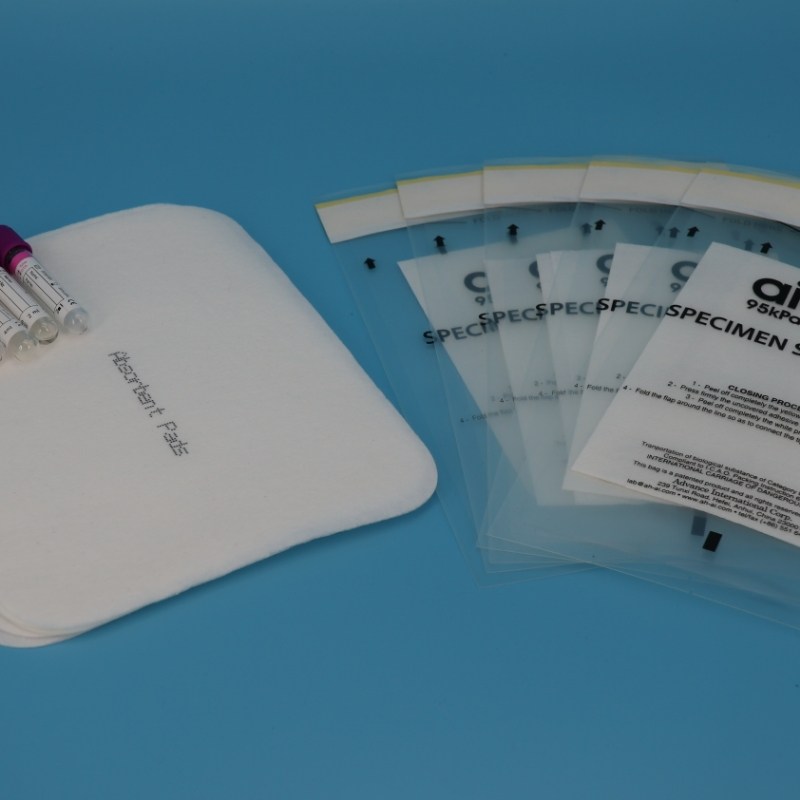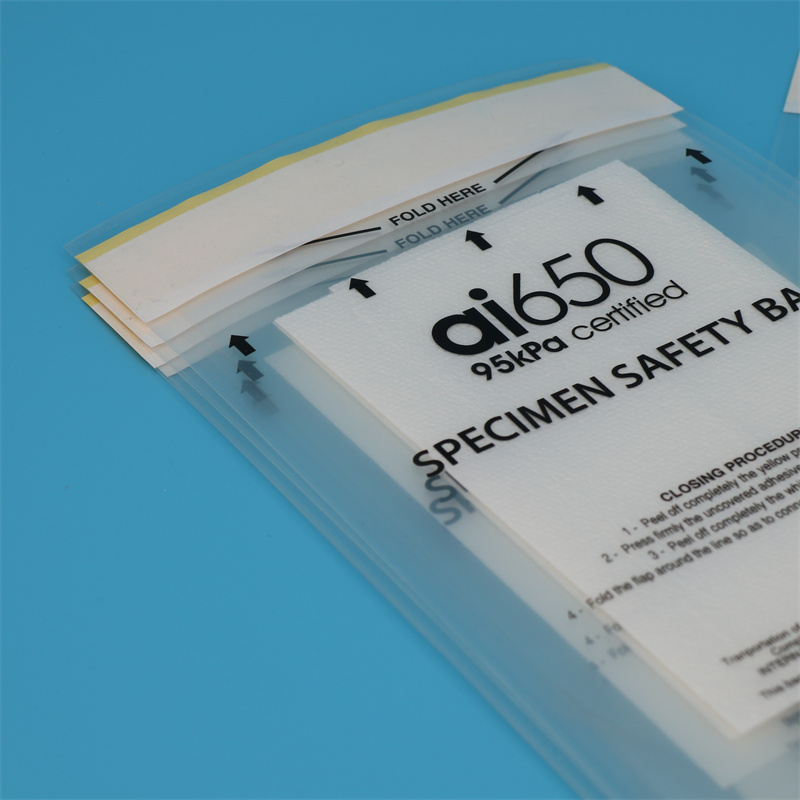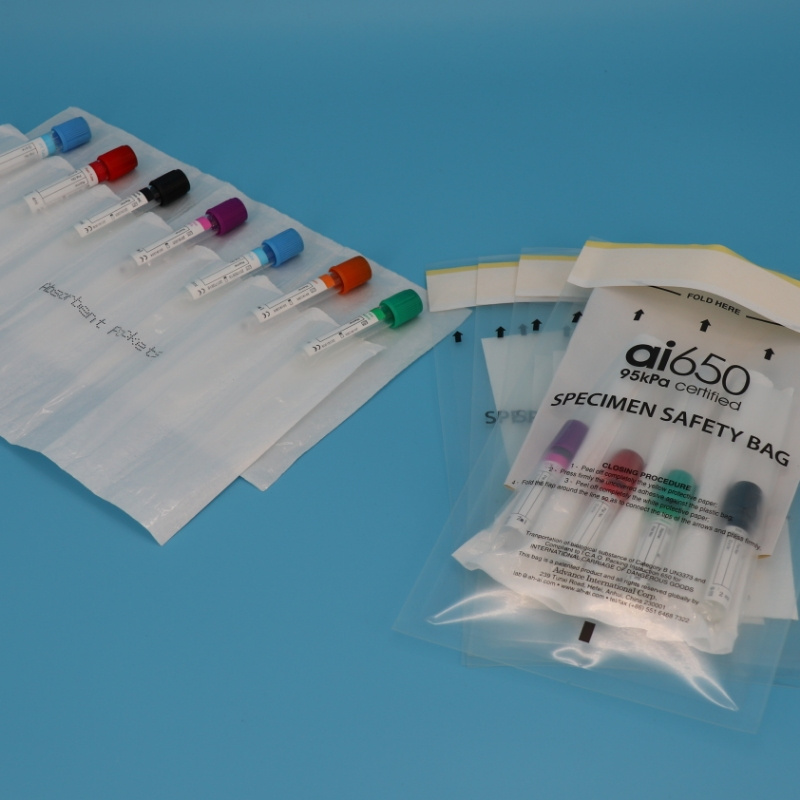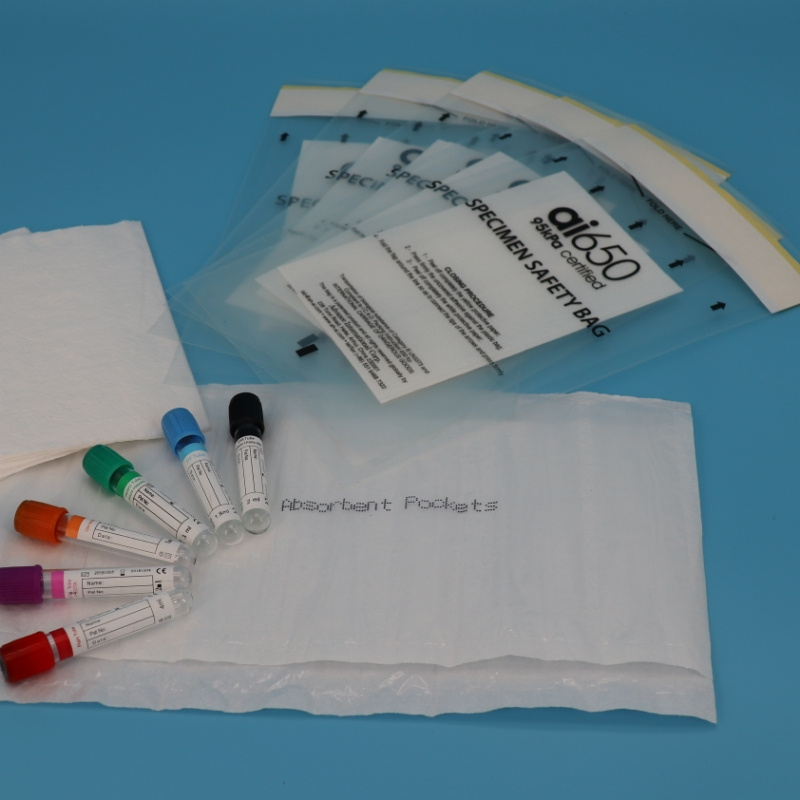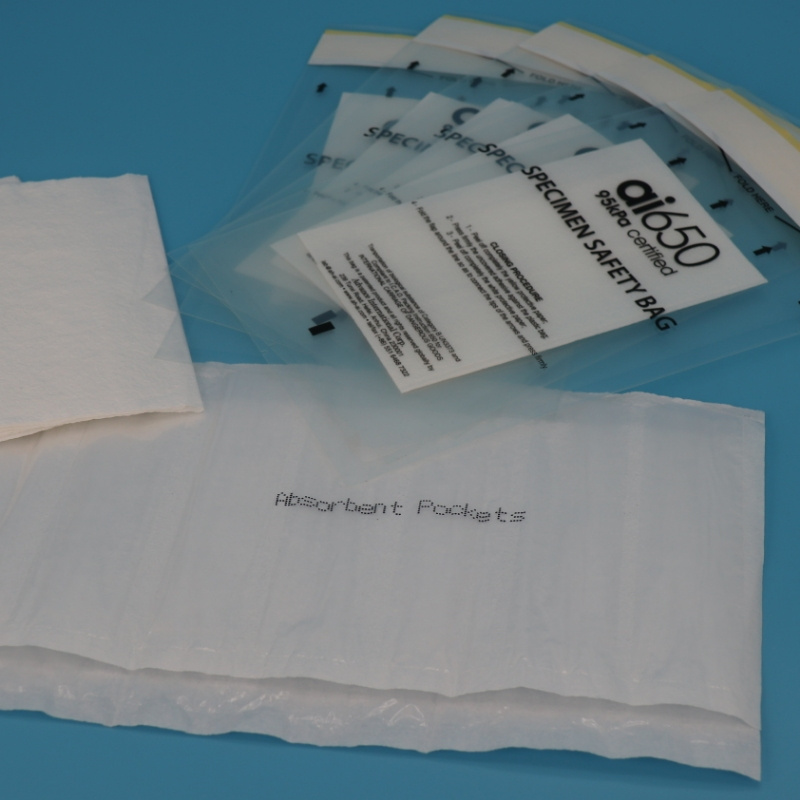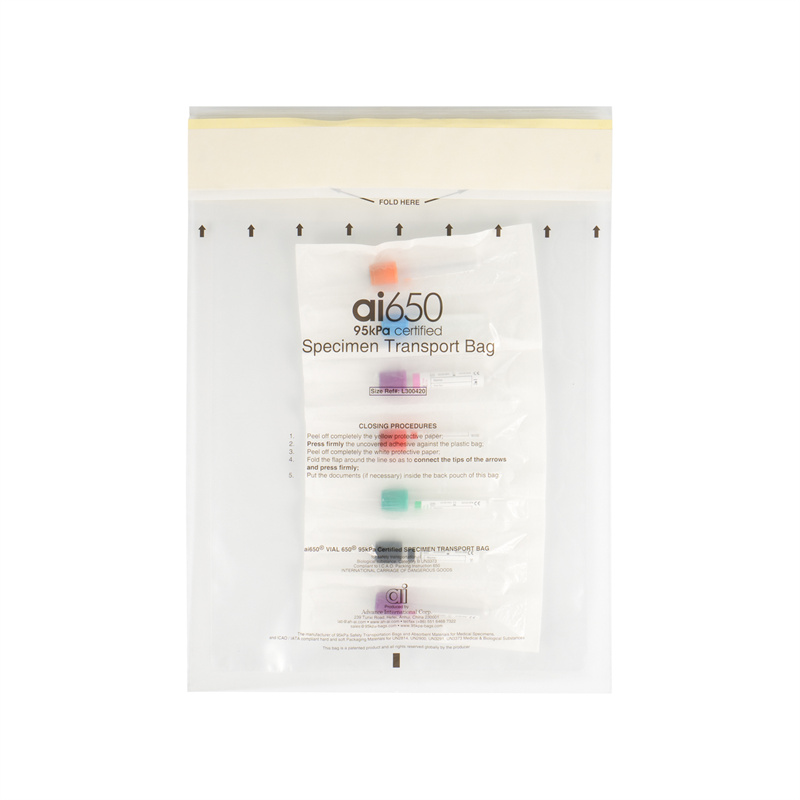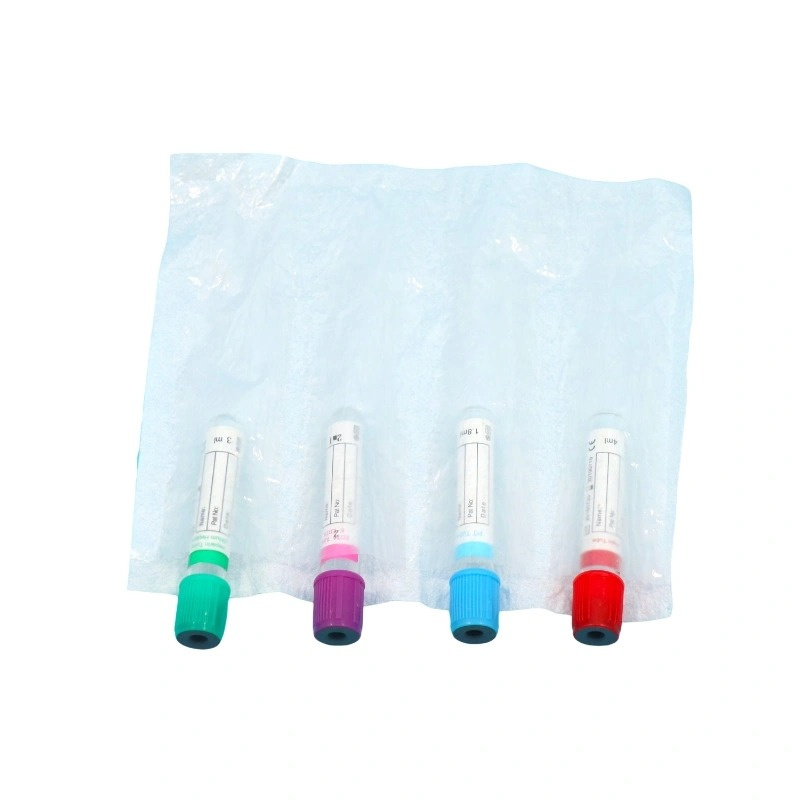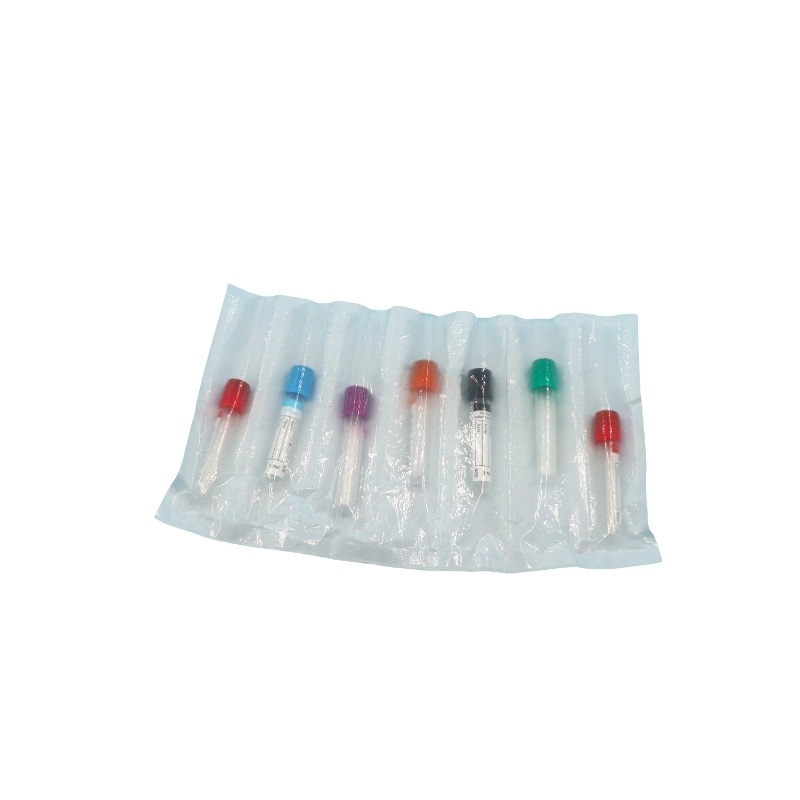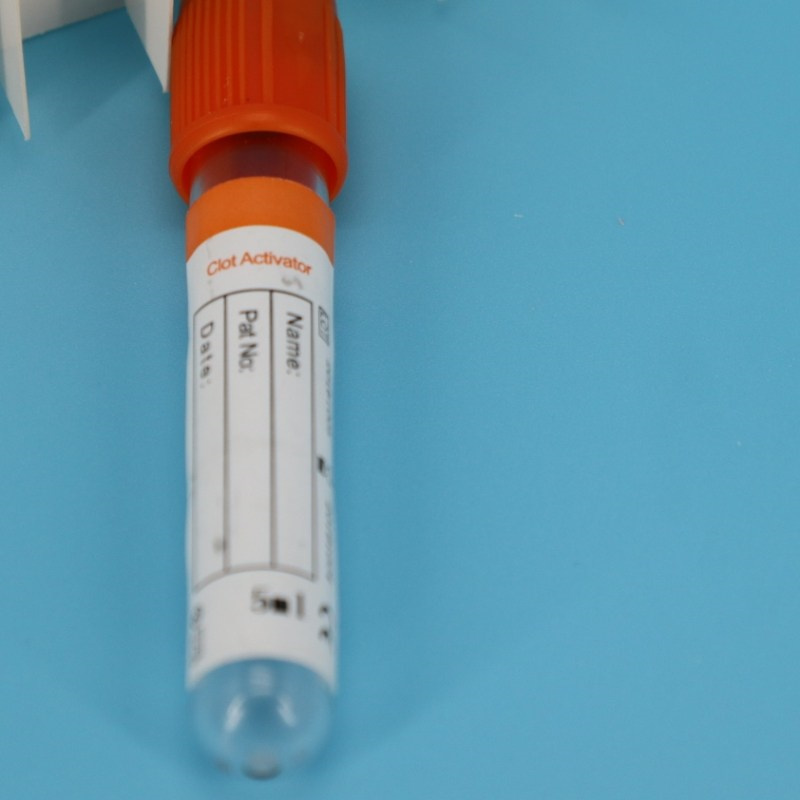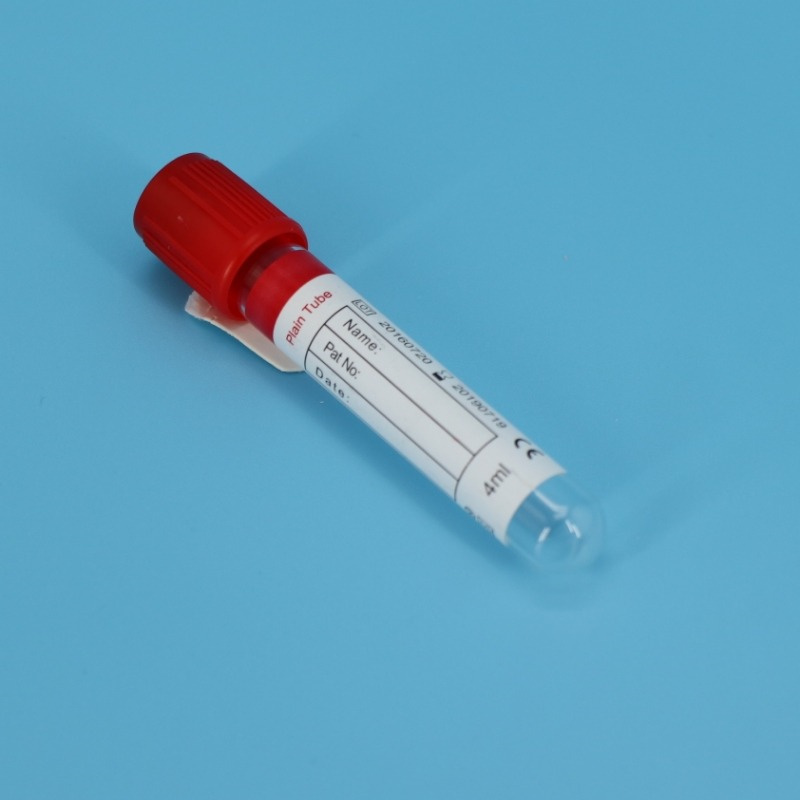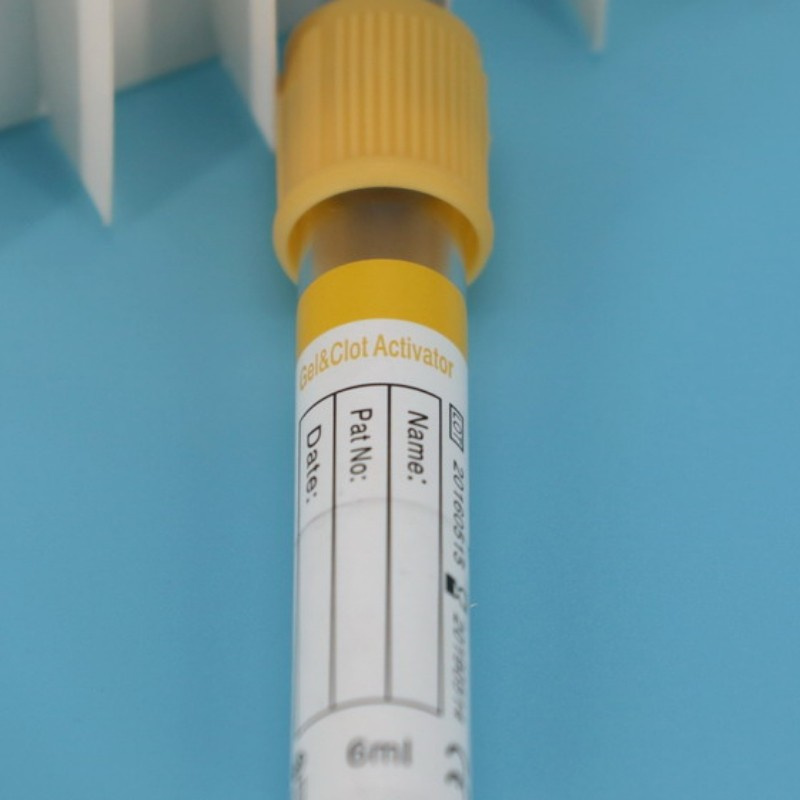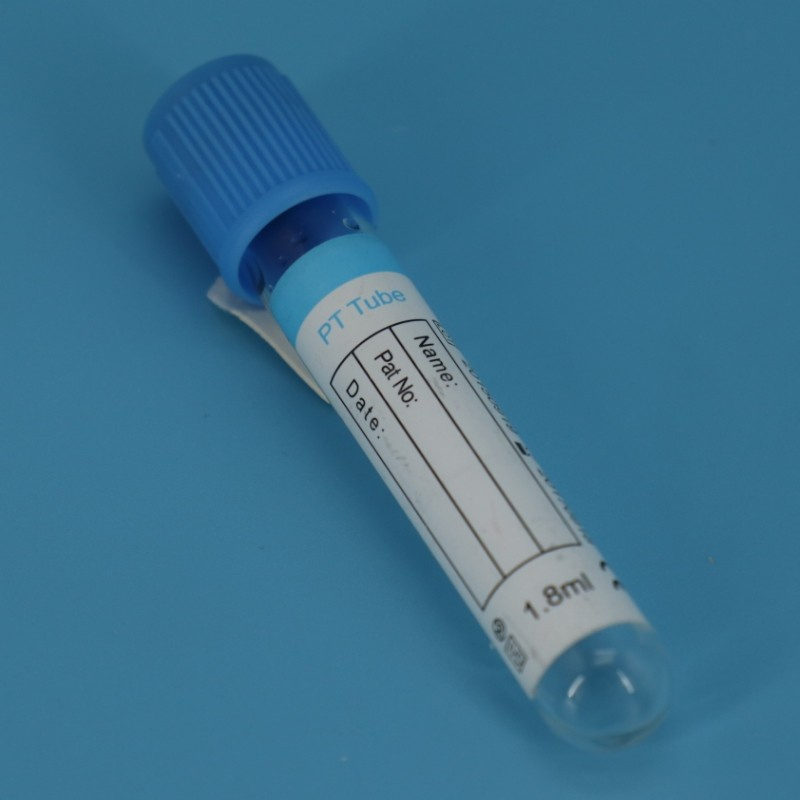 +86 178 5514 5298
+86 178 5514 5298
01
Lab Serum Specimen Centrifuge Tube Heparin Tubes 3 Ml-9 Ml With Round Bottom
description
Vacuum blood collection tubes are applicable to the clinical blood test and suitable for the blood cells analysis
The internal walls of the tubes are coated with different additives designed to stabilize and preserve the specimen prior to analytical testing
*Red: Non-additive —— Serum
*Red: Clot Activator —— Serum
*Yellow: Gel & Clot Activator —— Serum
*Purple: ETDA K2 / ETDA K3 —— Whole blood
*Black: 3.8% Sodium Citrate (1:4) —— Whole blood
*Blue: 3.2% Sodium Citrate (1:9) —— Whole blood or Plasma
*Green: Lithium Heparin / Sodium Heparin —— Plasma
*Grey: Glucose —— Plasma
Key features
Material: Most commonly made from durable, clear plastic like polypropylene or polycarbonate, which allows for easy visualization of contents and resists breaking. Some high-performance tubes may be made from materials resistant to autoclaving and harsh chemicals.
Shape & Size: They come in different shapes (round bottom, conical bottom) and sizes to accommodate various types of samples and fit specific centrifuge models. Conical bottoms facilitate pellet collection after centrifugation.
Cap or Lid: Many tubes have screw caps or snap-on lids to prevent leakage or contamination during processing, especially important when dealing with hazardous materials or when tubes are inverted.
Markings: Graduations or markings on the side indicate volume, aiding in accurate measurement and sample handling. Some tubes also feature color-coded tops for easy identification and organization.
Compatibility: Designed to fit into centrifuge rotors securely, ensuring safe and efficient operation during centrifugation.
Temperature Resistance: Depending on the material, they can withstand a range of temperatures, making them suitable for heating, cooling, or freezing samples before or after centrifugation.
In summary, centrifuge tubes are essential tools in laboratories for separating mixtures, concentrating solutions, and preparing samples for further analysis. Their design ensures compatibility with centrifuges, ease of use, and safety during high-speed spinning processes.



